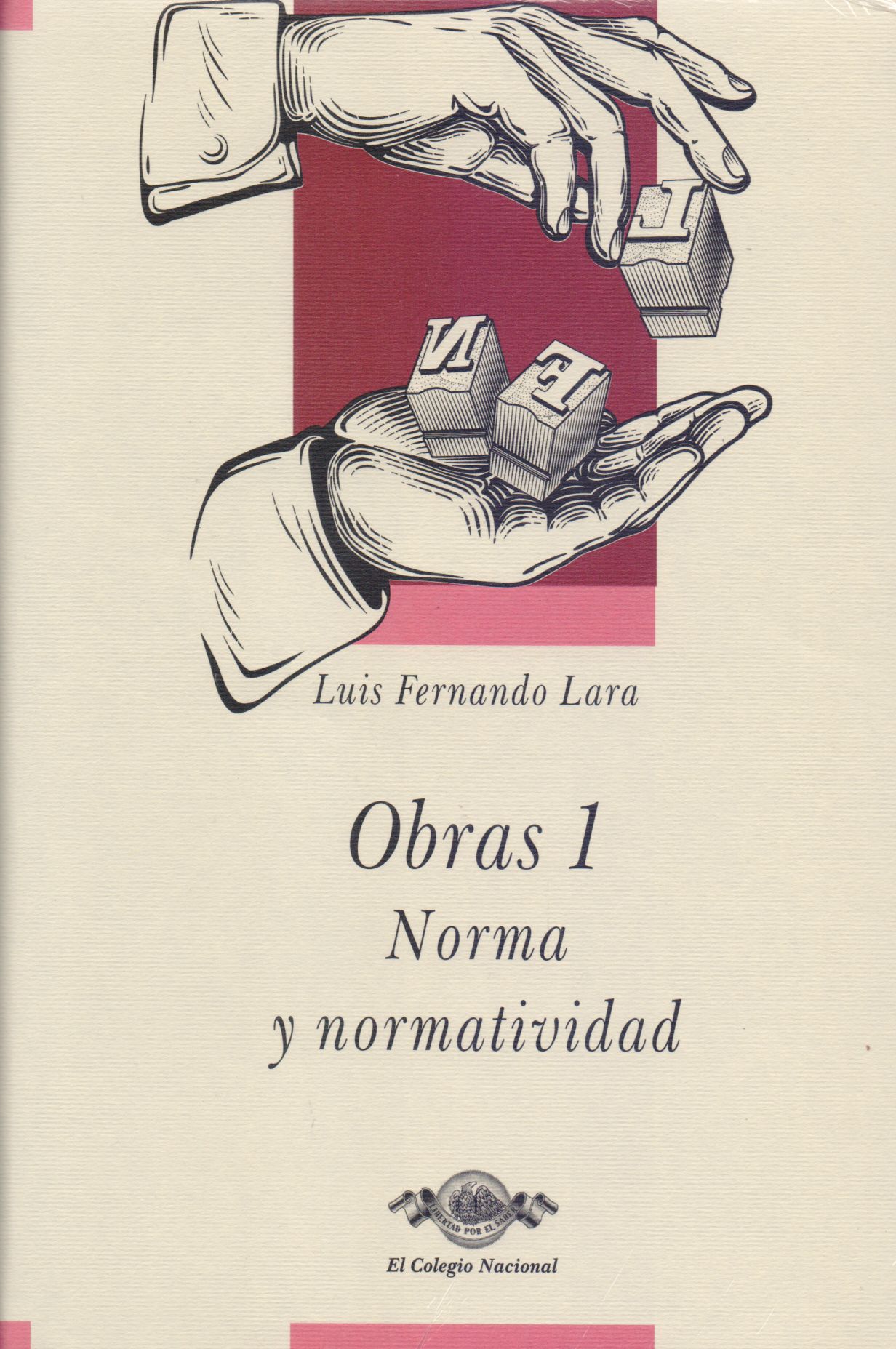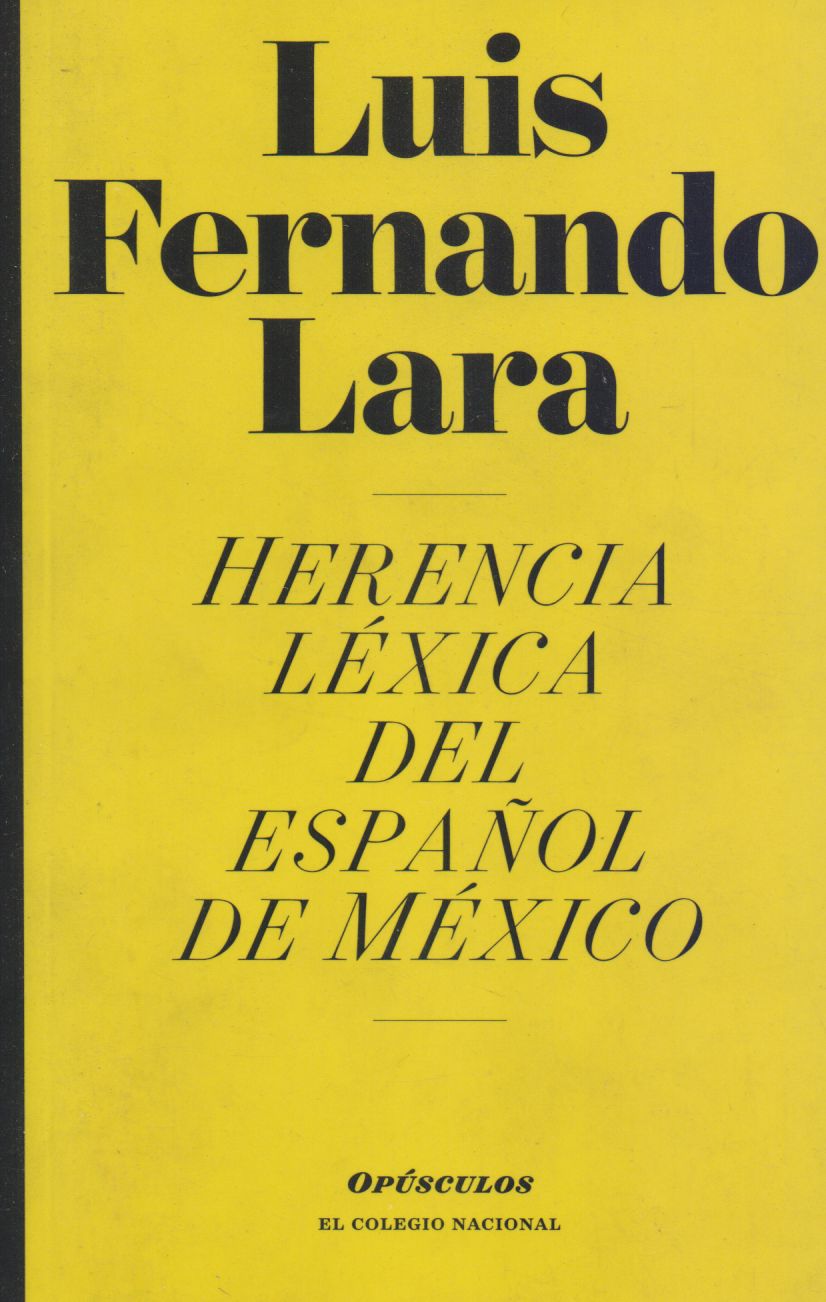Libros relacionados
 |
Didáctica, Léxico y Comunicación Cortez Pérez, Gabriela; Acosta Cadengo, Martha Cecilia Bonilla Artigas Editores |
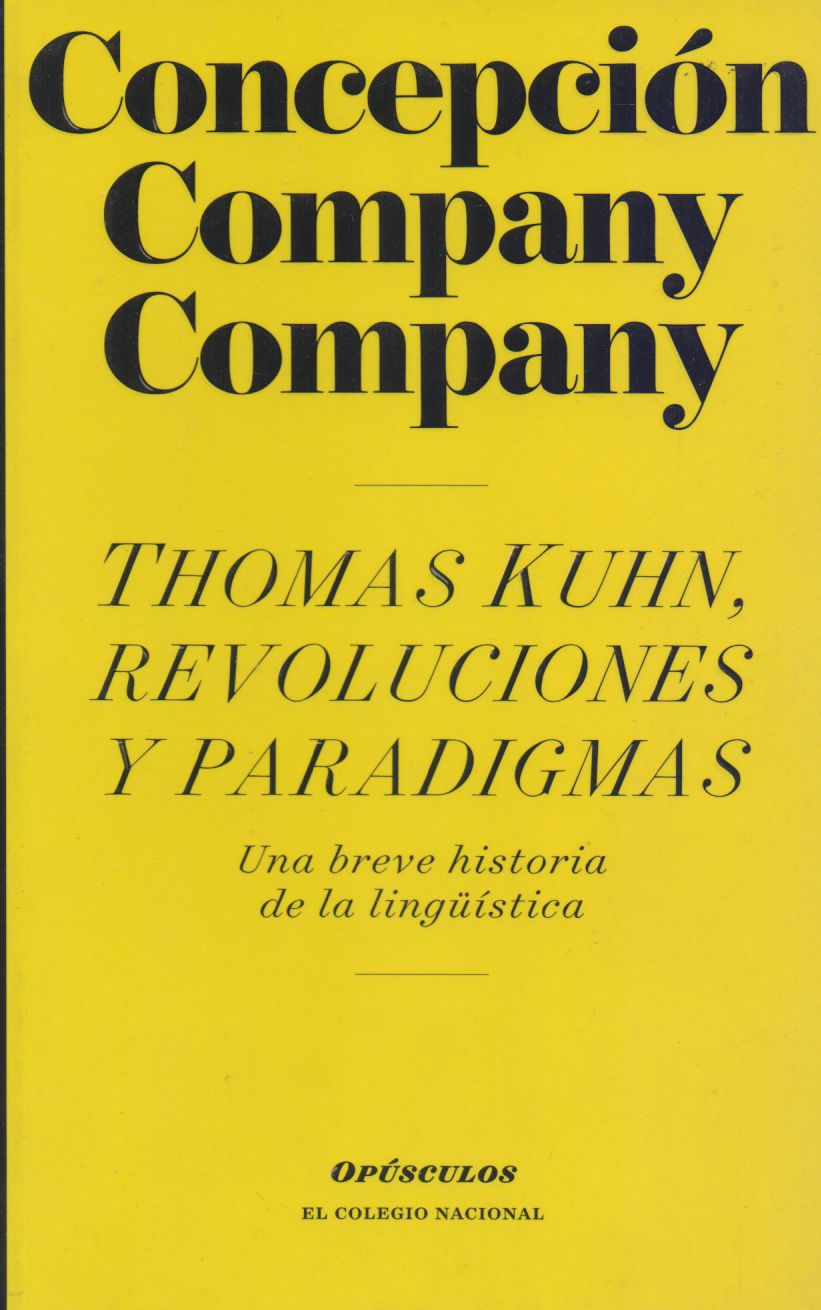 |
Thomas Kuhn, Revoluciones y Paradigmas: una Breve Historia de la Lingüística Company Company, Concepción Colegio Nacional |
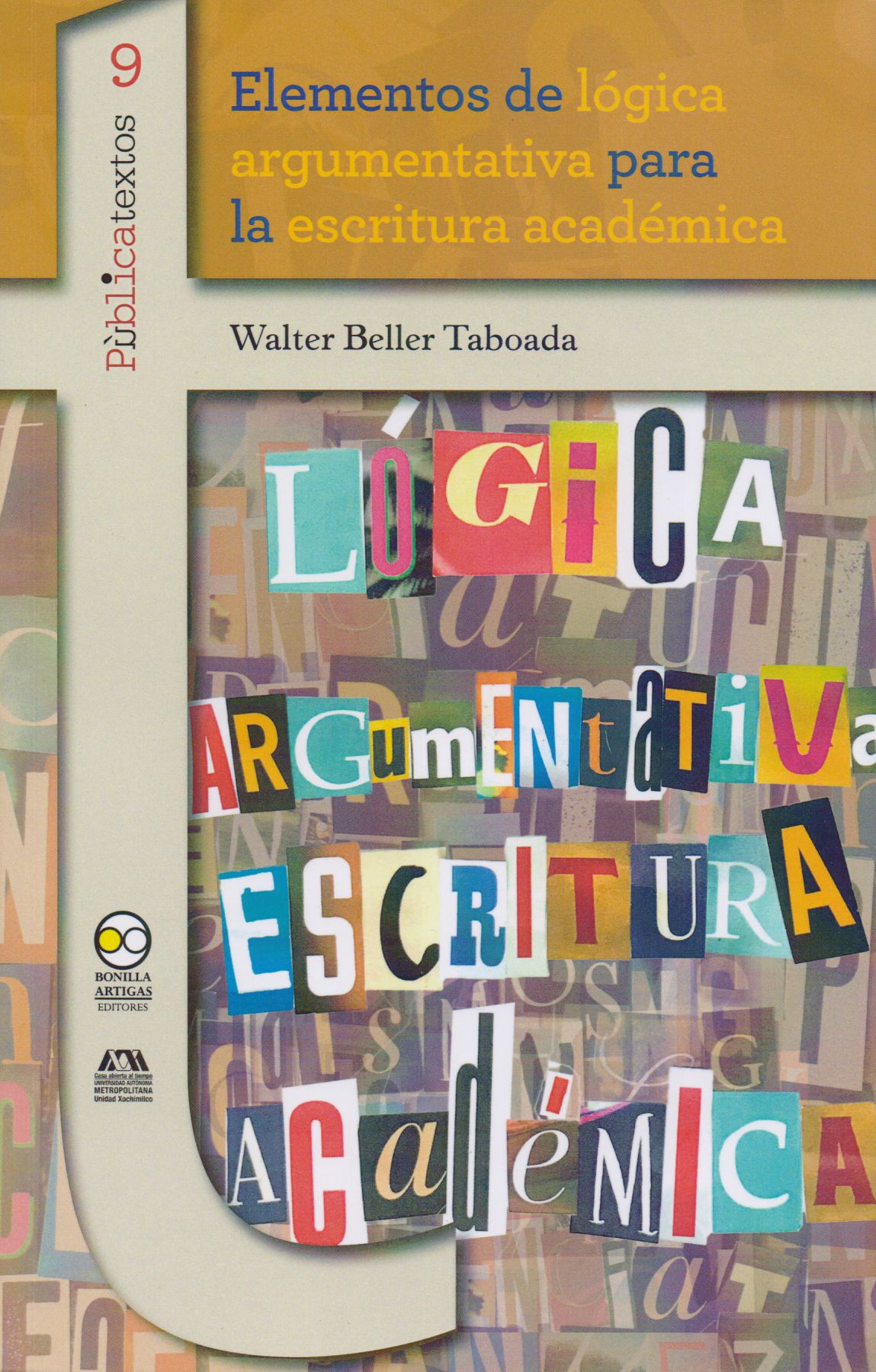 |
Elementos de Lógica Argumentativa Para la Escritura Académica Beller Taboada, Walter Bonilla Artigas Editores |
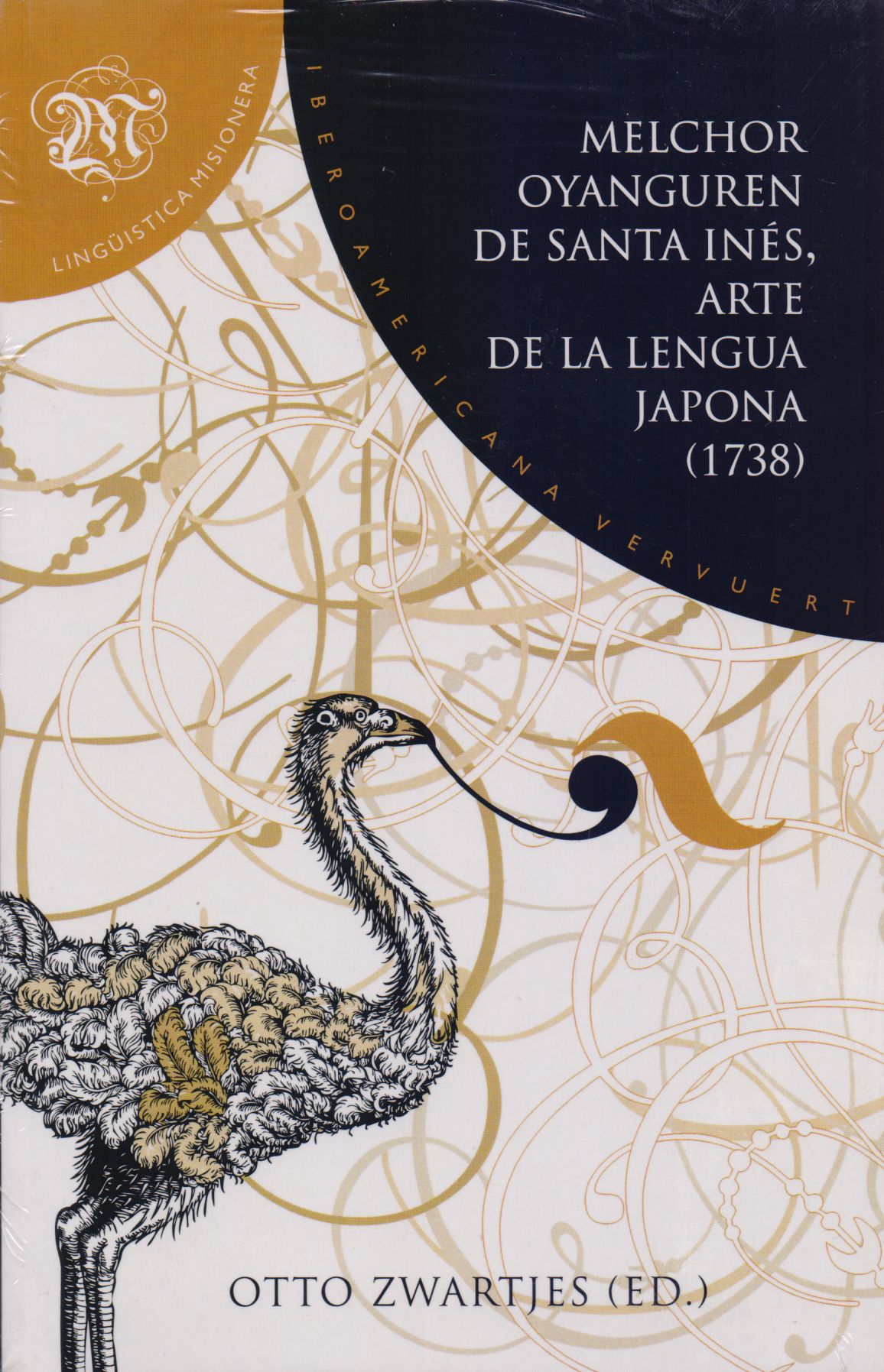 |
Melchor Oyaguren de Santa Inés, Arte de la Lengua Japona (1738) Zwartjes, Otto (Ed) Iberoamericana Vervuert |
 |
Lenguas en Diálogo: el Iberorromance y Su Diversidad Lingúística y Literaria Döhla, Hans-Jörg / Montero Muñoz, Raquel / Báez de Aguilar G Iberoamericana Vervuert |
 |
Lengua, La, ¿Patria Común?: Ideas e Ideologías del Español Del Valle, José (Ed.) Iberoamericana Vervuert |


|
Título: Connectives, The | |
| Autor: Humberstone, Lloyd | Precio: $1040.00 | |
| Editorial: The Mit Press | Año: 2011 | |
| Tema: Lingsistica | Edición: 1ª | |
| Sinopsis | ISBN: 9780262016544 | |
| In The Connectives, Lloyd Humberstone examines the semantics and pragmatics of natural language sentence connectives (and, or, if, not), giving special attention to their formal behavior according to proposed logical systems and the degree to which such treatments capture their intuitive meanings. It will be an essential resource for philosophers, mathematicians, computer scientists, linguists, or any scholar who finds connectives, and the conceptual issues surrounding them, to be a source of interest.
This landmark work offers both general material on sentence connectives in formal logic, such as truth-functionality and unique characterization by rules, and information on specific connectives (including conjunction and disjunction), considering their pragmatic and semantic properties in natural language as well as various attempts to simulate the latter in the formal languages of different systems of propositional logic. Chapters are divided into sections, and each section ends with notes and references for material covered in that section. If a section covers numerous topics separately, the notes and references are divided into parts, each with its own topic-indicating heading. When topics are not covered in detail but are relevant to matters under discussion, the notes and references provide pointers to the literature. Readers may find it useful to browse through a topic of interest and then follow the references within it forward and backward on the topic in question, or those to the extensive literature outside it. |
||
Librería Bonilla SA de CV © Todos los derechos reservados. 2019
Última actualización: Jul 2019



